The Construction Toy Market is currently characterized by a dynamic competitive landscape, driven by innovation, sustainability, and digital transformation. Major players such as LEGO Group (DK), Hasbro Inc (US), and Playmobil (DE) are at the forefront, each adopting distinct strategies to enhance their market positioning. LEGO Group (DK) continues to emphasize its commitment to sustainability, aiming to produce all core products from sustainable materials by 2030. This strategic focus not only aligns with global environmental trends but also appeals to a growing consumer base that prioritizes eco-friendly products. Meanwhile, Hasbro Inc (US) has been actively expanding its digital offerings, integrating augmented reality features into its construction toys, thereby enhancing user engagement and creating a more immersive play experience. Playmobil (DE) has also been expanding its product lines, focusing on thematic sets that encourage imaginative play, which appears to resonate well with current consumer preferences for creativity and storytelling in toys.
In terms of business tactics, companies are increasingly localizing manufacturing to mitigate supply chain disruptions and optimize logistics. This approach is particularly relevant in a moderately fragmented market where smaller players can quickly adapt to local demands. The collective influence of key players, including Mega Bloks (CA) and K'NEX (US), further shapes the competitive structure, as they strive to differentiate their offerings through unique designs and educational value.
In August 2025, LEGO Group (DK) announced a partnership with a leading environmental organization to promote recycling initiatives within the toy industry. This collaboration is strategically significant as it not only enhances LEGO's brand image but also positions the company as a leader in sustainability, potentially attracting environmentally conscious consumers. Furthermore, in September 2025, Hasbro Inc (US) launched a new line of construction toys that incorporate AI technology, allowing children to build and program their creations. This move is indicative of Hasbro's commitment to innovation and reflects a broader trend towards integrating technology into traditional play.
In July 2025, Playmobil (DE) introduced a new series of construction sets that focus on real-world professions, such as architecture and engineering. This strategic decision appears to cater to educational trends, encouraging children to explore career paths through play. By aligning their products with educational themes, Playmobil is likely to enhance its appeal to parents seeking toys that offer developmental benefits.
As of October 2025, the Construction Toy Market is witnessing a shift towards digitalization, with companies increasingly leveraging technology to enhance user experiences. The integration of AI and augmented reality is becoming commonplace, reflecting a broader trend towards interactive and engaging play. Strategic alliances, such as those seen between LEGO Group (DK) and environmental organizations, are shaping the competitive landscape by fostering innovation and sustainability. Looking ahead, competitive differentiation is expected to evolve, with a pronounced shift from price-based competition to a focus on innovation, technology integration, and supply chain reliability. Companies that can effectively navigate these trends are likely to secure a competitive edge in the ever-evolving market.


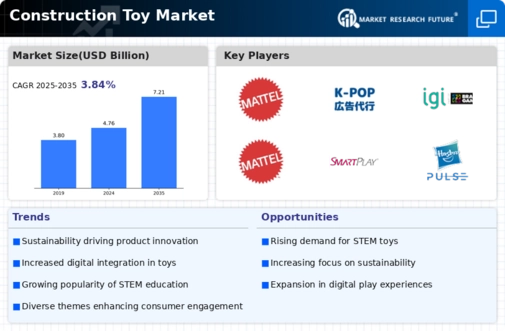
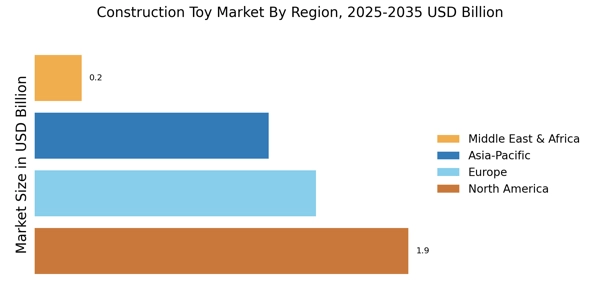
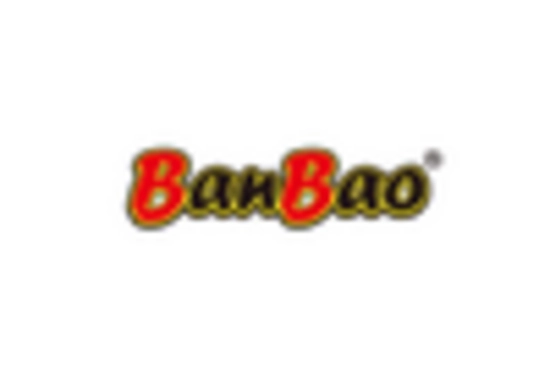

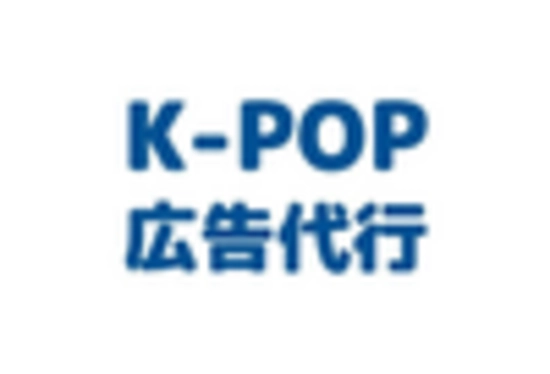
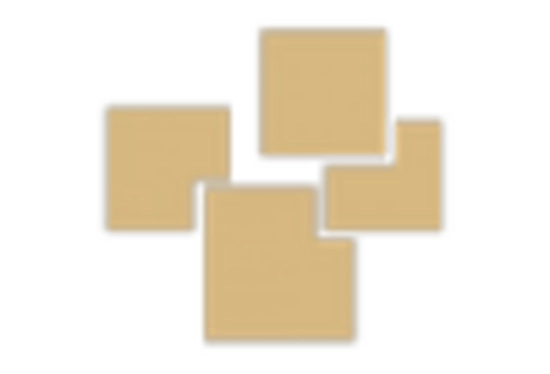










Leave a Comment